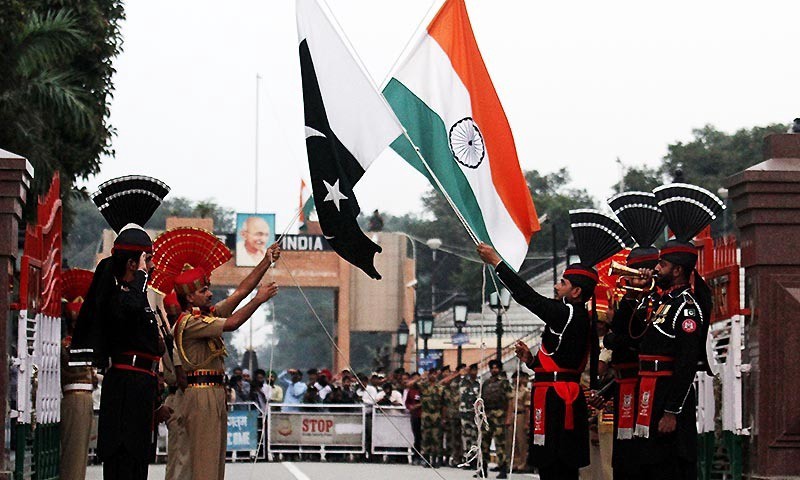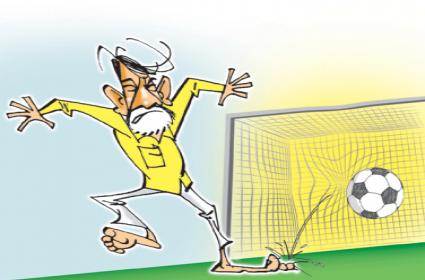
Yesterday I read a piece in Web portal Newslaundry (of which i am a disappointed subscriber). While i agreed with some parts of the argument I found the oversimplification and ideological bias to be very stark and mildly unpalatable. Particularly what struck me was the referring to Yogi Adityanath as Ajay Bisht.
about that time Uttar Pradesh chief minister Ajay Bisht showed up in Karawal Nagar and told a bustling audience that “their ancestors broke this country apart”, meaning Muslims.
Being a reasonable follower of politics I know that Yogi Adityanath was once called Ajay Bisht before he took the name Adityanath as the head of Gorakhpur Muth. The use of name Ajay Bisht is clearly a polemical ploy to get virtual cheers from the people on your side of the debate but what it foolishly ignores IMO is the reverence Hindus in general have for Yogis, Sadhus and Godmen.
The problems of this polemic are twofold:
- Some people who are uninformed maybe confused by use of name Ajay Bisht. Even a minute incoherence which diverts from the thrust of the argument could be seen as counterproductive.
- It prejudices minds of readers who are not necessarily partisan but find this un-name calling unpalatable.
In my readings and listenings over the years, the only people who had scornfully referred to un-named religious men have been people like Christopher Hitchens and Richard Dawkins. However one doesn’t need to defend these folks for their consistency as their all out attack on religion is as even handed as humanly possible.
This discussion goes well into the truly sad self goal by the Indian Liberals viz. the Delhi Riots 2020 book launch. One of the arguments for this is made in here. (Again in Newslaundry which to my disappointment is going truly into the Wokesphere). This argument is so lame and so pre-Internet IMO that it doesn’t even bother confronting the real outcome of Bloomsbury de-platforming Delhi Riots 2020 – increased popularity and unnecessary (from liberal pov) martyrdom of the authors. What could’ve been criticized as an one sided and hyperbolic book has become a Free speech issue. And Liberals have ceded a lot of moral ground here. Contrast this with the much more objectively problematic book on 26/11 – RSS ka Shadyantra, 26/11 which did not receive any meaningful criticism from the liberal side despite being the complete PIGSHIT. The book could’ve objectively & legally banned from publishing IMO as it compromised the national position on 26-11 and Pakistan but it wasn’t. The extend to which the RSS opposed that book was that they filed a court complaint and the author/publisher had to apologize – yes its the so called Fascists who take the legal route. The whole outrage over the pulping of Wendy Doniger’s book is put in nice perspective with this incident. The reason I personally endured parts of Doniger’s spurious Freudian extrapolations is because of the noise that book generated. Same will happen with the Delhi Riots 2020 for many non-partisan people.
Some smart liberals have stood up against this virtue signaling masquerading as moral righteousness. Examples – Here and Here but they have been childishly dismissed by the left as Both-siders between Good and Evil. What is surprising for me is how deracinated some people have become to count this instance as a liberal victory. As if getting plaudits from your own tribe matters as a victory. But in these polarized echo chambers even a (BOT)tish liberal POV articles by folks like Aakar Patel & Shivam Vij are well received. Lets not even start with how people like Rana Ayyub and Sagarika Ghose earn so much money and fame.
On the whole, based on interactions i have had with Hindutva supporters, most don’t support the extreme narrative espoused in books like Delhi Riots 2020. From a purely reductionist point of view – 40/53 causalities have been Muslim and the overwhelming number of people facing prosecution are also Muslims. Such hard facts are irrefutable even if people on the Right are moderately honest (which most are). However what has enraged most people on the right is the calling of Delhi 2020 riots- Pogroms or comparing them to Gujarat 2002. Journalists like Rahul Pandita and even bleeding heart liberals like Rajdeep Sardesai were viciously attacked from the left when they pointed out that both communities had suffered from the riots. If such an atmosphere persists I wouldn’t be surprised if more One sided books like Delhi Riots 2020 are written, published and widely read. Had I been the marketing in-charge of release of Delhi Riots 2020, i couldn’t have come up with a better plan for a wider readership.
What is tragic about these antics is that people on the right are more likely to believe extreme and conspiracy theorist narratives as a natural function of this controversy. But till LIBERALS continue with virtue signaling over readable and nuanced arguments, liberals(like me) are bound to be pushed rightwards.
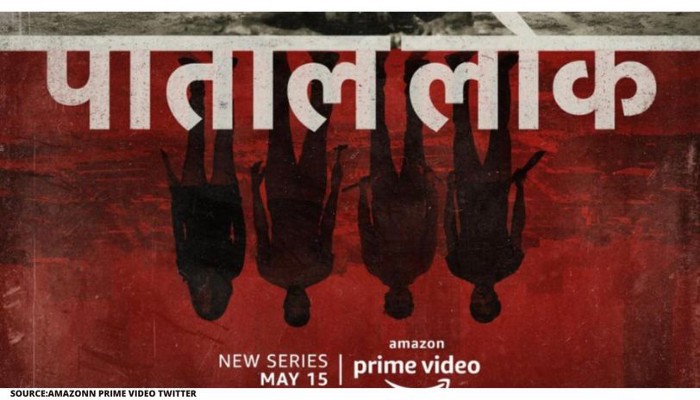
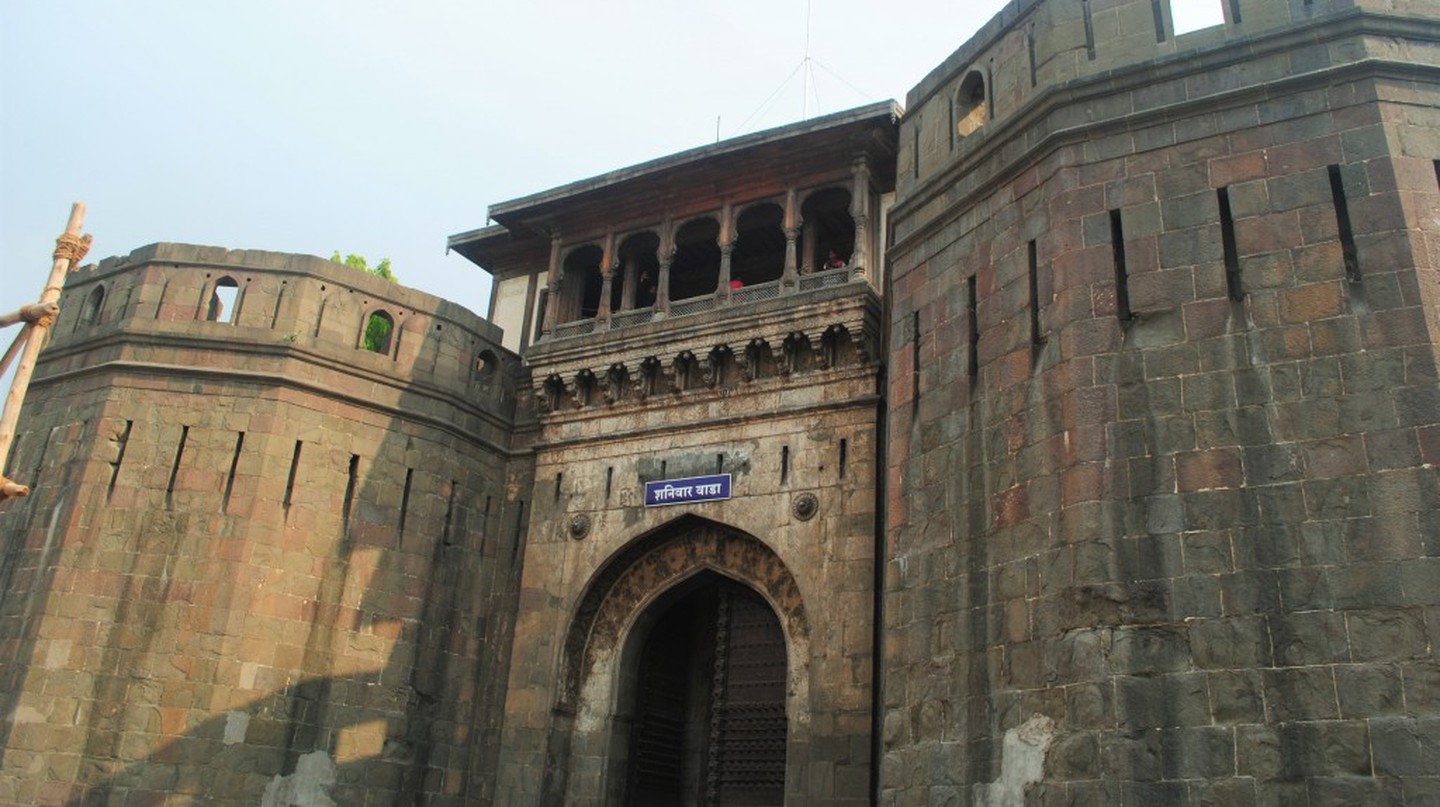
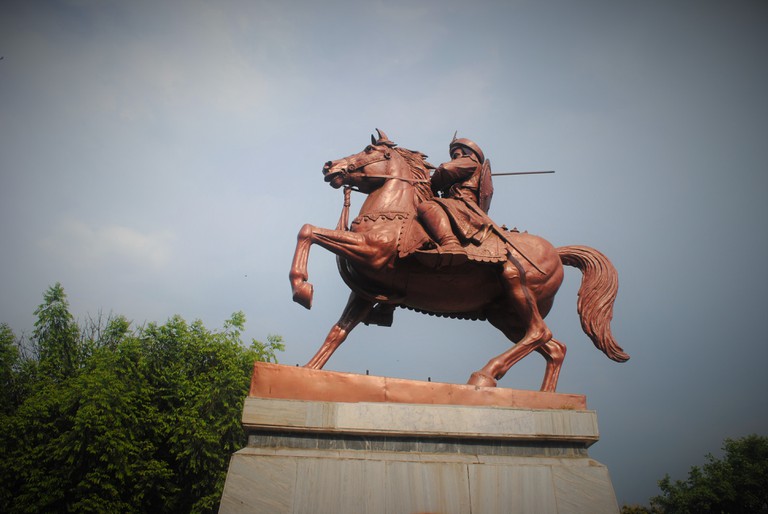
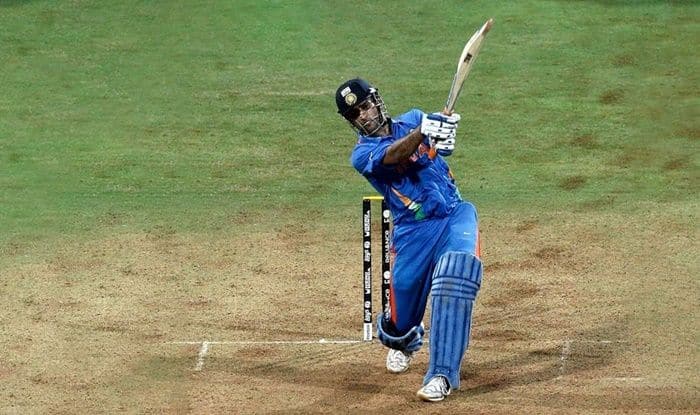
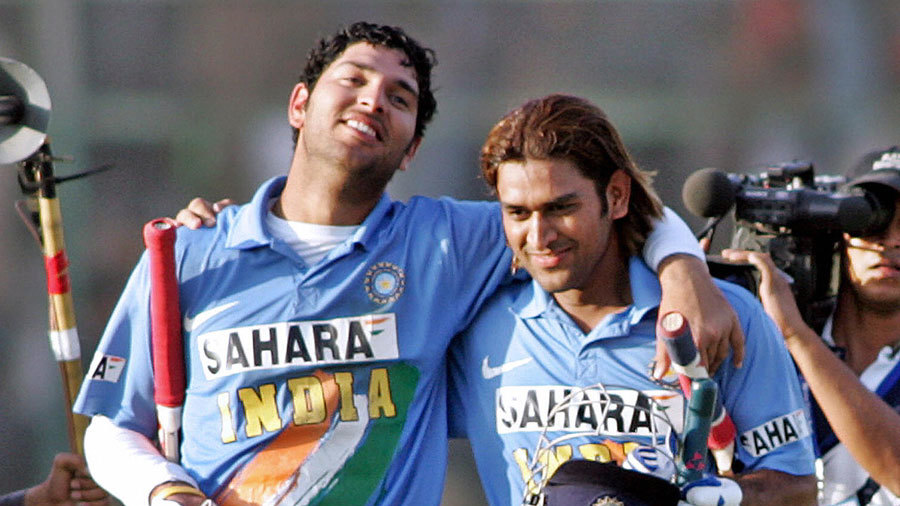
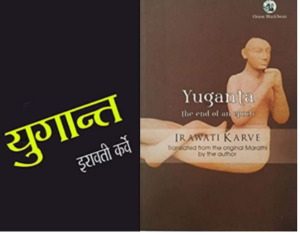 Yugant confronts various versions of Mahabharat analytically and tries to make sense of character arcs and motivations. Intelligently analyzed without religious respect but with literary respect. The motivations of Pandavas for marrying Draupadi as the Royal Queen are very well explained. The literary accounts of chats between Dhritarashtra and Gandhari & those of Draupadi’s death are very well written and move your heart. Krishna (Vasudeva) stands out not only because of the brilliance of his character but the wonderful analysis and the crisp unraveling of his motivations. The Arya (Kshatriya) Dharma is explained in Krishna and Yugant chapters. The author enthralls with deep and intelligent writing in the final chapter that resonates wonderfully even in the 21st-century internet age. The sincere and irreligious comparisons of Mahabharat Era – Arya Dharma to contemporary Hindu religion and other Prophetic Faiths are interesting. Throughout the book, the author refrains from applying current Zeitgeist as a yardstick – something which is refreshing in 21st century polarized analysis and debates which always have political undertones. Even without a direct running story arc – the arrangement of essays offers a wonderful climax – especially Krishna and Yugant chapters. With recent elevation of Heroic Karna in Indian literature and thought, a look back of the character of Karna as seen in 1950s-60s is a pleasant change.
Yugant confronts various versions of Mahabharat analytically and tries to make sense of character arcs and motivations. Intelligently analyzed without religious respect but with literary respect. The motivations of Pandavas for marrying Draupadi as the Royal Queen are very well explained. The literary accounts of chats between Dhritarashtra and Gandhari & those of Draupadi’s death are very well written and move your heart. Krishna (Vasudeva) stands out not only because of the brilliance of his character but the wonderful analysis and the crisp unraveling of his motivations. The Arya (Kshatriya) Dharma is explained in Krishna and Yugant chapters. The author enthralls with deep and intelligent writing in the final chapter that resonates wonderfully even in the 21st-century internet age. The sincere and irreligious comparisons of Mahabharat Era – Arya Dharma to contemporary Hindu religion and other Prophetic Faiths are interesting. Throughout the book, the author refrains from applying current Zeitgeist as a yardstick – something which is refreshing in 21st century polarized analysis and debates which always have political undertones. Even without a direct running story arc – the arrangement of essays offers a wonderful climax – especially Krishna and Yugant chapters. With recent elevation of Heroic Karna in Indian literature and thought, a look back of the character of Karna as seen in 1950s-60s is a pleasant change.